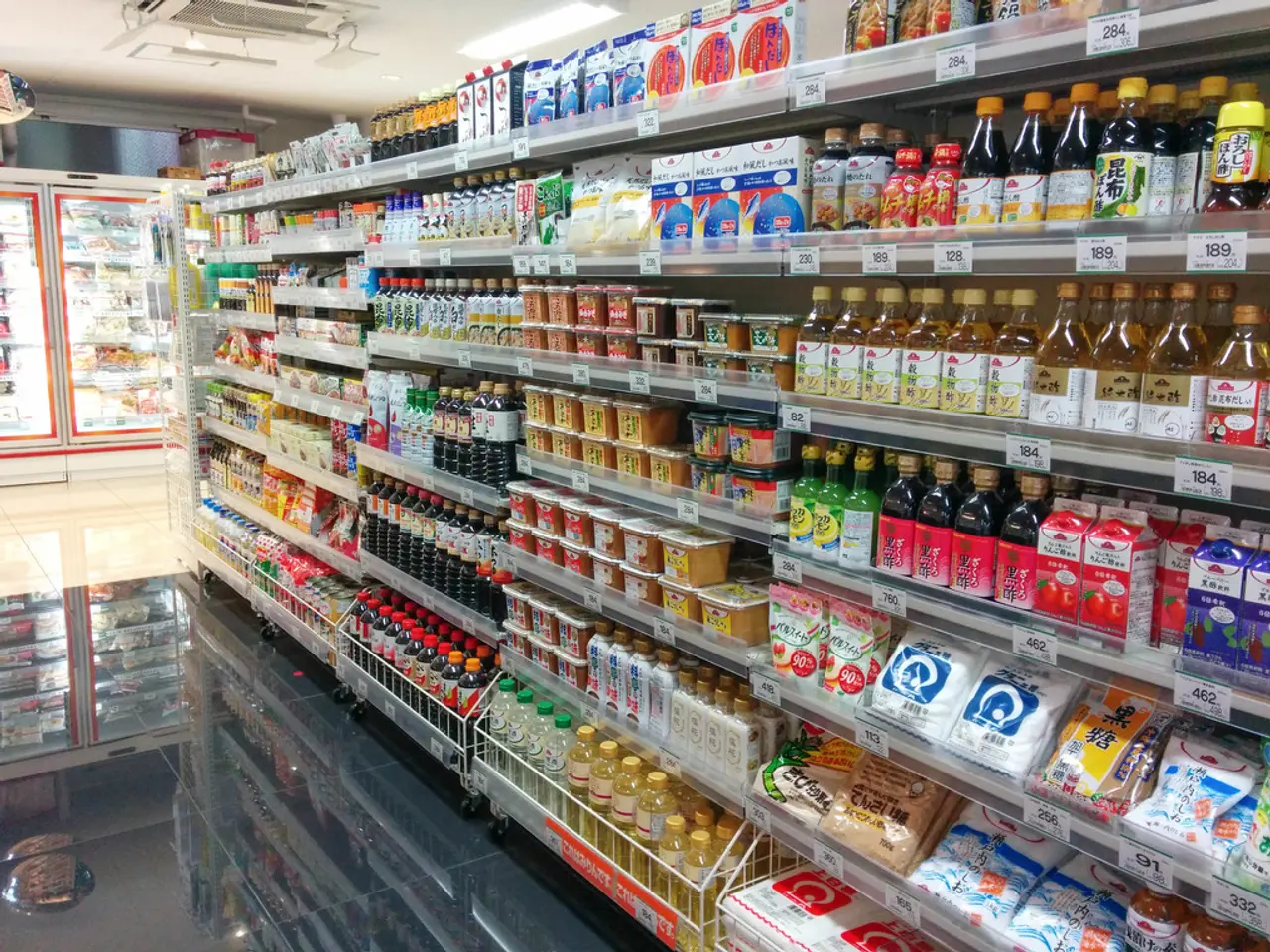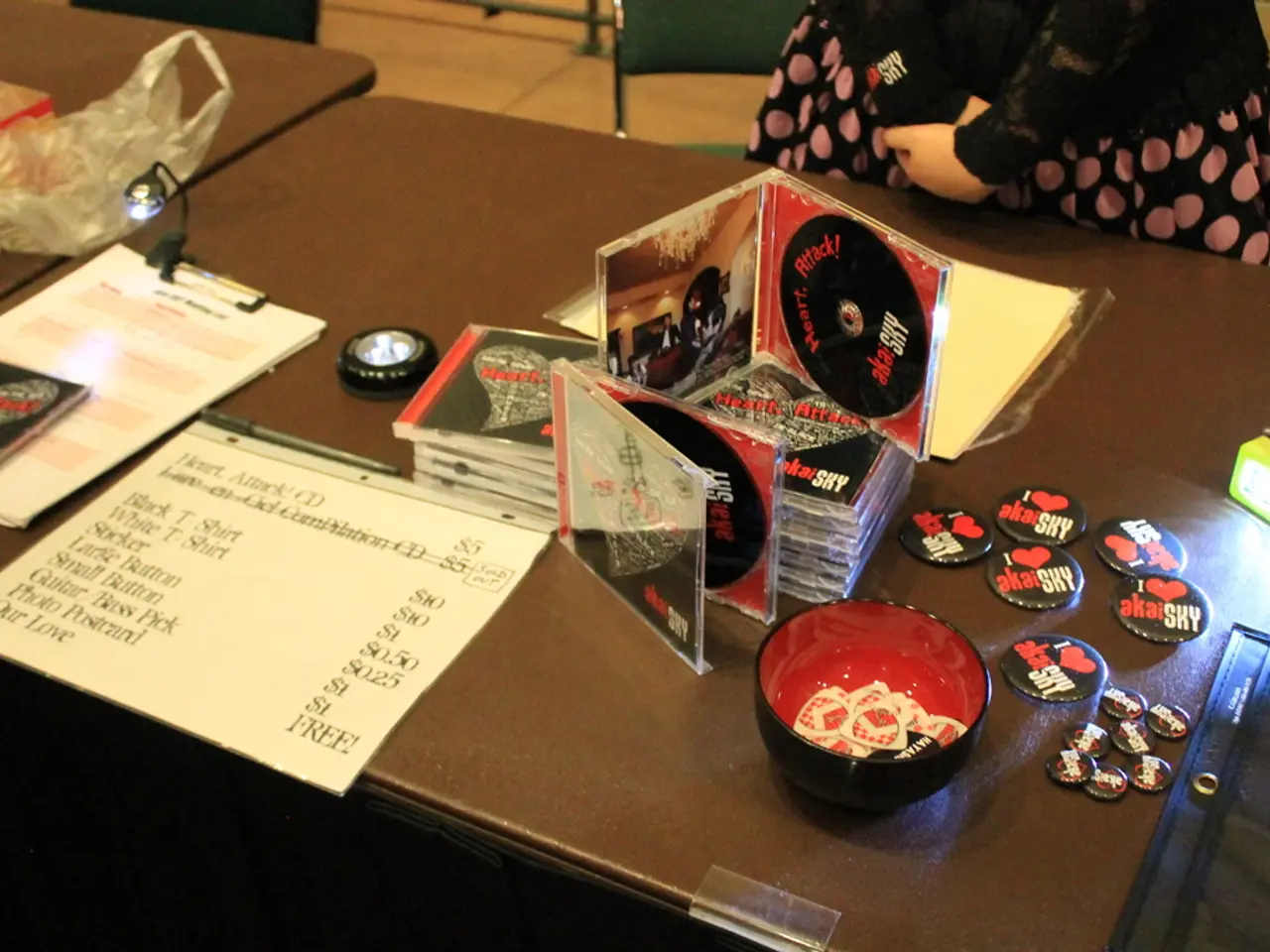Anticipating Stock Levels Based on Consumer-Generated Demand Spikes
In the era of viral marketing, user-generated content (UGC) has become a powerful tool for brands to engage with consumers and drive demand. This article outlines key steps and best practices for integrating qualitative UGC data into real-time demand signals for inventory forecasting, creating a scalable, demand-responsive supply chain.
Embed Analytics and Tracking
By using UTM parameters and centralized dashboards, brands can track every influencer-driven interaction, clicks, and conversions. This enables attribution of UGC impact on demand signals, providing valuable insights into the effectiveness of influencer marketing campaigns.
Solicit and Structure UGC
Encouraging customers and creators to share product experiences with branded hashtags or CTAs embedded in packaging or post-purchase prompts creates a continuous feed of qualitative data reflecting customer sentiment and product engagement.
Combine Organic and Paid UGC Analytics
Integrating organic user feedback captured through influencer and consumer content with paid amplification results generates a comprehensive picture of product interest and demand trends.
Apply Data-Driven Frameworks
Implementing structured A/B testing on different UGC creative variants and referral pathways measures what messaging and content styles drive the strongest engagement, referral loops, and conversions.
Use AI and Machine Learning
Incorporating AI-powered forecasting tools capable of ingesting vast datasets—including seasonal factors, influencer campaign metrics, and UGC-derived sentiment—generates more accurate real-time inventory predictions.
Link Qualitative Signals to Inventory Systems
Operationalizing the qualitative insights (sentiment, engagement trends, referral velocity) into quantitative demand signals feeding your forecasting models adjusts stock levels dynamically to shifts in influencer-driven demand spikes or drops.
Build a Unified Tech Stack and Workflows
A unified tech stack and workflows where influencer marketing tools, social listening platforms, analytics dashboards, and inventory management systems exchange data seamlessly allows real-time qualitative insights from UGC to adjust demand forecasts dynamically, preventing stockouts or overstocks and optimizing inventory turnover.
Tie UGC Insights Directly to Revenue Outcomes and Inventory Planning
By evolving influencer campaigns beyond one-off activations into always-on, data-driven partnerships with A/B tested content and continuous measurement, brands can tie qualitative UGC insights directly to revenue outcomes and inventory planning.
Strategic Bundling during Influencer-Driven Surges
Strategic bundling during influencer-driven surges helps safeguard profitability by enhancing average order value (AOV) and margin contribution. By setting bundling parameters within the pricing engine and integrating the Bold Bundles app on Shopify, brands can automate bundle creation and display UGC-specific bundle offers directly on creator referral links.
Coordinated Micro Influencer UGC Pods
Coordinated micro influencer UGC pods can create synchronized engagement spikes, acting as controlled demand tests that refine your safety-stock calibration.
Demand-Planning RACI Matrix
A demand-planning RACI matrix is created, with Marketing (R), Demand Planning (A/C), Procurement (R/C), Finance (C), and Executive Sponsor (I) to ensure clear roles and responsibilities in the integration of UGC into demand planning.
By bridging influencer campaigns with demand planning, brands can transform fleeting UGC momentum into sustained business impact, driving measurable ROI through optimized supply-chain choreography.
- Incorporating UGC data into business strategies can provide valuable insights for finance by attributing the impact of influencer marketing on demand signals, enabling brands to make informed decisions about investing in marketing campaigns.
- To enhance the lifestyle aspect of a brand, technology can be leveraged by encouraging customers and creators to share product experiences, thereby gathering qualitative data that reflects customer sentiment and product engagement for education-and-self-development purposes.
- General news about the business world can highlight how AI and machine learning are being used to process vast UGC datasets to generate more accurate real-time inventory predictions, improving the efficiency of the supply chain and overall business operations.




